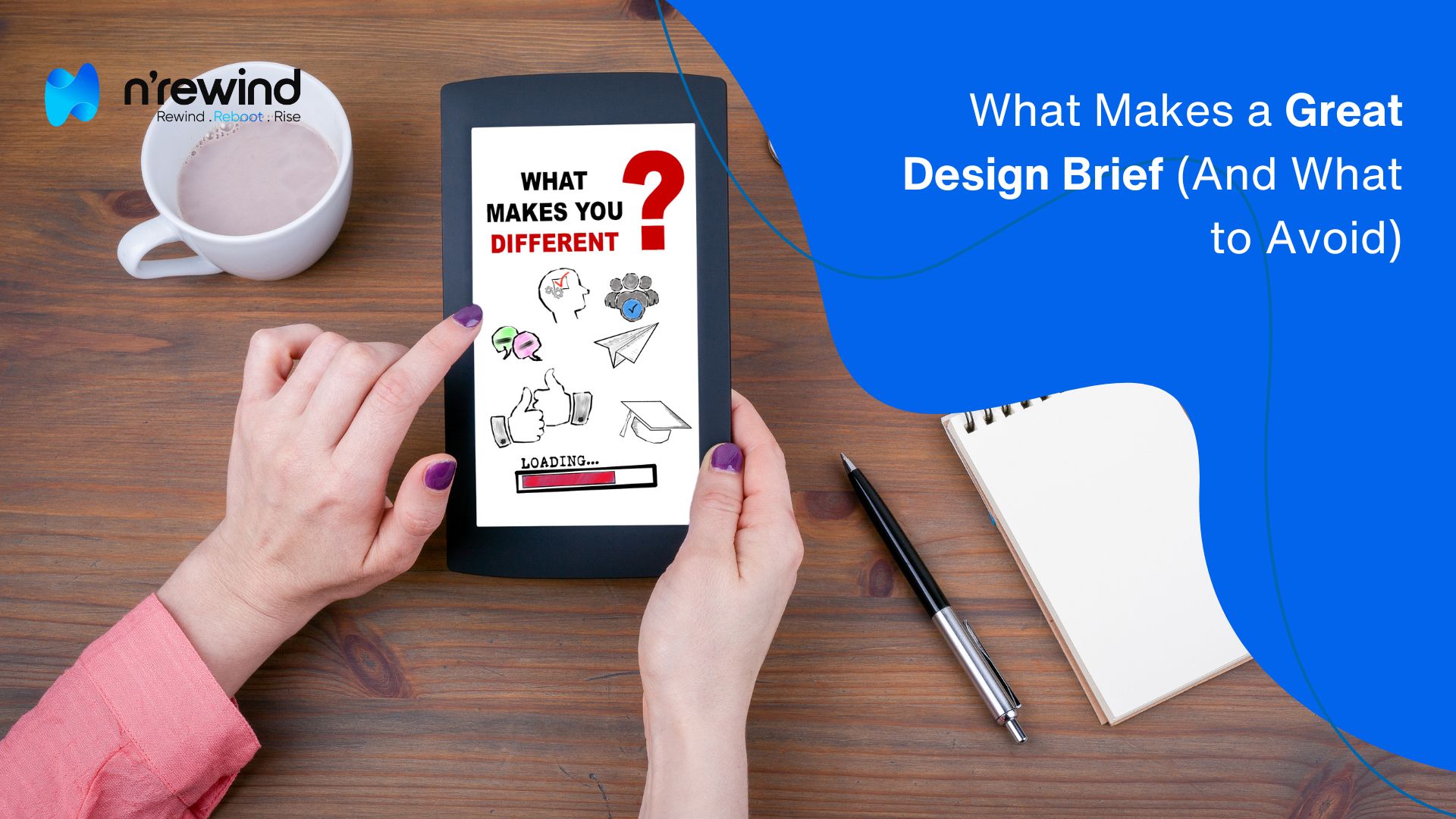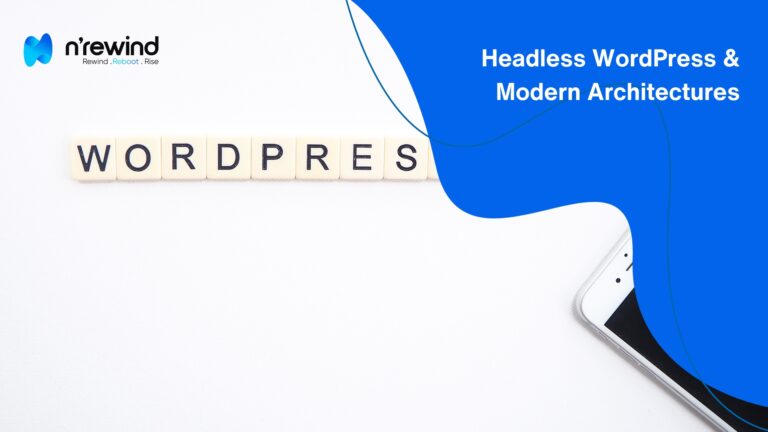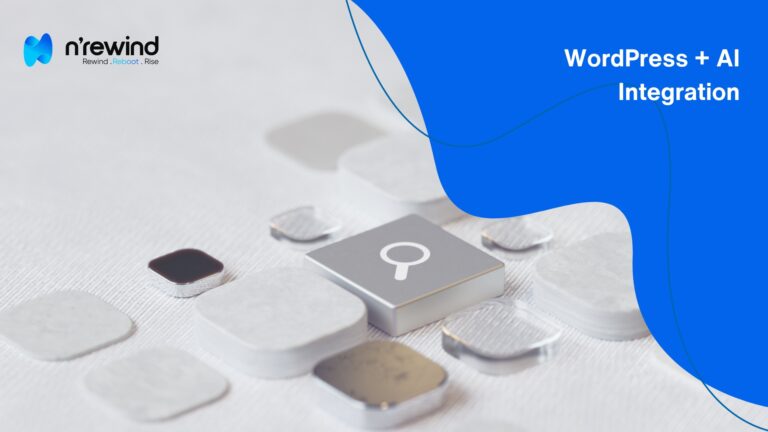Every great design starts with a clear direction. That direction comes from a design brief, a roadmap that guides creatives in the right direction from day one. But not all briefs are created equal. A vague or cluttered one can derail an entire project.
At NRewind, we’ve seen how a well-structured brief can shape not just the design process, but the end result. Whether you’re a client or a creative, knowing what to include (and what to leave out) makes a big difference.
1. What Is a Design Brief?
A design brief is a document that outlines the project’s objectives, target audience, deliverables, brand guidelines, timeline, and budget. It sets expectations for both the client and the design team.
Think of it as a blueprint that helps everyone stay on the same page throughout the project.
2. Key Elements of a Strong Design Brief
Project Overview
Start by explaining what the project is. A website redesign? A new brand identity? Be specific.
Goals and Objectives
What are you hoping to achieve? More conversions? Better user experience? Clear goals make it easier to measure success.
Target Audience
Who are you designing for? Knowing your audience influences tone, color, and layout decisions.
Brand Guidelines
Include fonts, color palettes, tone of voice, and other brand assets. Consistency matters, and brand consistency helps build recognition.
Deliverables and Format
Specify what files or assets you need at the end, for example, logo files, print-ready PDFs, or Figma prototypes.
Timeline and Budget
Set realistic expectations. Designers need to know deadlines and resource limitations upfront.
3. Common Mistakes to Avoid
-
Vague Goals: Saying “make it pop” isn’t helpful. Be clear about what success looks like.
-
Too Much Jargon: Keep it simple. The brief should be easy for both marketers and creatives to understand.
-
Changing Requirements Midway: Scope creep is a real risk. Lock down core requirements early.
-
Missing Contact Info: Always include who to reach out to for clarification.
4. Why Agencies Love a Good Brief
Agencies thrive on clarity. A strong design brief saves time, avoids unnecessary revisions, and ensures the end product reflects the client’s needs.
At NRewind, we often help our clients refine their design briefs during discovery calls to make sure the vision is aligned before design begins.
Final Thoughts
A great design brief isn’t long, it’s focused. It bridges the gap between vision and execution. Whether you’re launching a new product, rebranding, or starting a campaign, take time to build a clear and thoughtful brief.
When both the client and designer are aligned, the results speak for themselves.
"At NRewind, design briefs are the foundation of our creative process. A focused brief helps us align creativity with strategy, ensuring your vision becomes a visually powerful reality."




